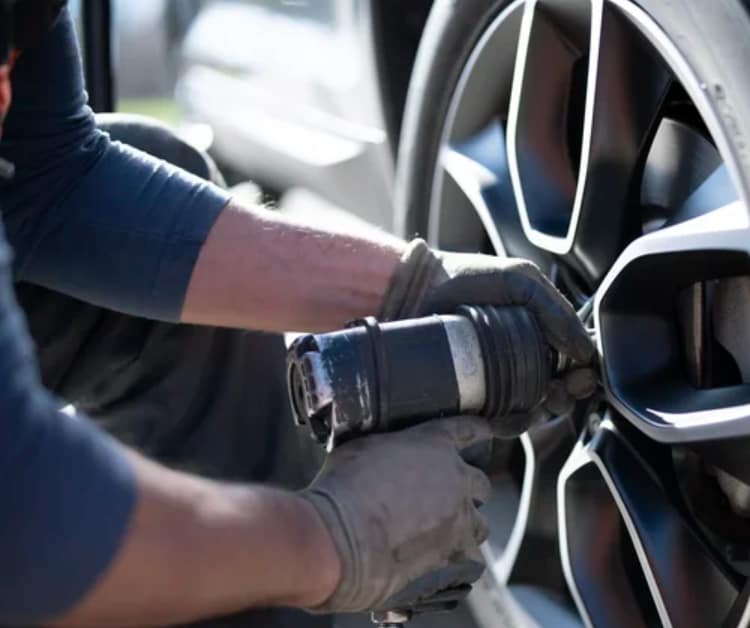

1. Monitor Tire Pressure Regularly
Tire pressure plays a crucial role in maintaining performance, efficiency, and safety. Over time, tires naturally lose air due to temperature changes or tiny leaks. Driving with incorrect tire pressure—whether it’s too low or too high—creates uneven wear, affects handling, and reduces your car’s fuel efficiency.
2. Rotate Your Tires
Tires don’t wear evenly on their own—this is due to the weight distribution of your car and how the drivetrain functions. For example, front-wheel drive vehicles place more wear on the front tires, while rear-wheel drive cars stress the tires in the rear. Without regular rotation, certain tires will wear out faster than others, forcing you to replace them long before you should.
3. Schedule Wheel Alignment Checks
Proper wheel alignment ensures your tires make even contact with the road. Misalignment often happens due to hitting potholes, curbs, or other impacts. When your wheels are out of alignment, your car may pull to one side, and the tires can develop uneven tread wear
4. Maintain Your Suspension System
The suspension system works hand-in-hand with your tires to deliver a smooth ride. Worn-out suspension components, such as shocks or struts, can negatively impact how your tires contact the road surface. This can cause uneven tire wear, especially around the edges of the treadTaking proactive steps to care for your tires will pay off in the long run. By monitoring tire pressure, scheduling regular tire rotations, checking for alignment issues, and maintaining the suspension system, you can maximize the lifespan of your tires and enjoy a safer, smoother ride. Don’t wait until a flat or bald tire forces an urgent replacement—good maintenance habits make all the difference.
Source: Jalopnik